Life in Japan: Where to Begin when Moving In
Moving is equal parts exciting and intimidating, especially in Japan. There are many aspects regarding the hunt for housing—and the culture that surrounds it—that can seem confusing for the uninitiated. Fortunately, we're here to help make finding the perfect place as painless as possible! Read on to learn the ins and outs of moving in.
By Cassandra LordTypes of Housing
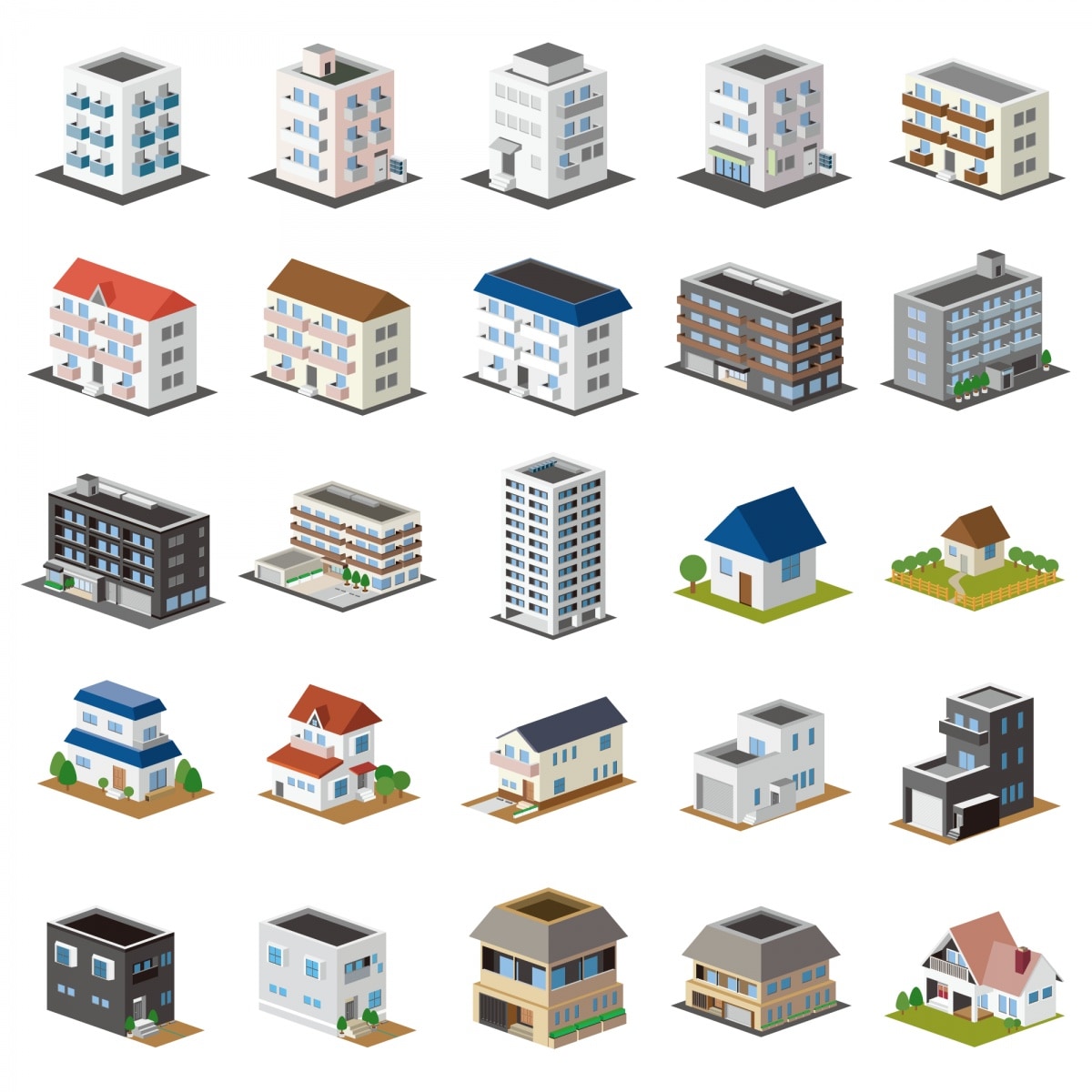
https://pixta.jp
Although there are many types of housing in Japan, when it comes to what many western countries consider to be "apartments," there are typically three kinds.
The first, "share houses," (shea hausu・シェアハウス) are especially popular among temporary residents in Japan, or those who would prefer not to commit to a long-term lease. Share houses are very similar to dorms; each tenant has their own private bedroom, but other places like the kitchen or bathroom are common spaces used by everyone. These are a cheap option that often involve short-term contracts which only require a month or two of notice before vacating, and can be a good way to meet new people—as long as you're OK with sharing spaces and rolling the dice when it comes to roommates. A small chain of share houses in the Kanto area is Interwhao, but there are regional share houses in cities around the country.
Then there are "apartments," or what the Japanese call apaato (アパート). These are typically small domiciles, usually just a single room with a closet, a kitchen, a shower area and a toilet, as well as a small outdoor veranda. Leopalace21 is a well-known company that is ubiquitous throughout Japan, and a solid option for your first apartment. The company is very foreigner-friendly, and the apartments come furnished with most of the necessities (like a burner, a refrigerator, an air conditioner and more). The downside? The convenience comes at a premium, and they can be quite pricey for the size. There are other companies that offer similar, all-inclusive one room set-ups as well.
Finally, there are "mansions," (called manshon・マンション). Don't be fooled—these aren't the opulent palaces brought to mind by the word, but larger apartments similar to what you could find in your home country. Mansions are typically subject to a two-year contract, though many landlords are lenient and will accept a notice a month or more in advance if you'd like to leave before the contract is up. Keep in mind you may be asked to pay a fee, and are usually expected to stay for at least a year. There are many different things to consider when looking for a mansion (more on that in a moment), but they're your best bet if you plan on staying long-term and don't have the finances for a house. The most important thing to keep in mind is that, unlike an apartment from Leopalace, you're responsible for furnishing your mansion from the ground up. That means a burner, a fridge, lighting (fixtures and bulbs), a washing machine and more. That can be a hefty investment if you're moving to Japan from your home country (though you can save big buying secondhand). Some good websites for mansions include SUUMO, Homes and DK Select (which also has an English service).
Apartment Sizes - LDK
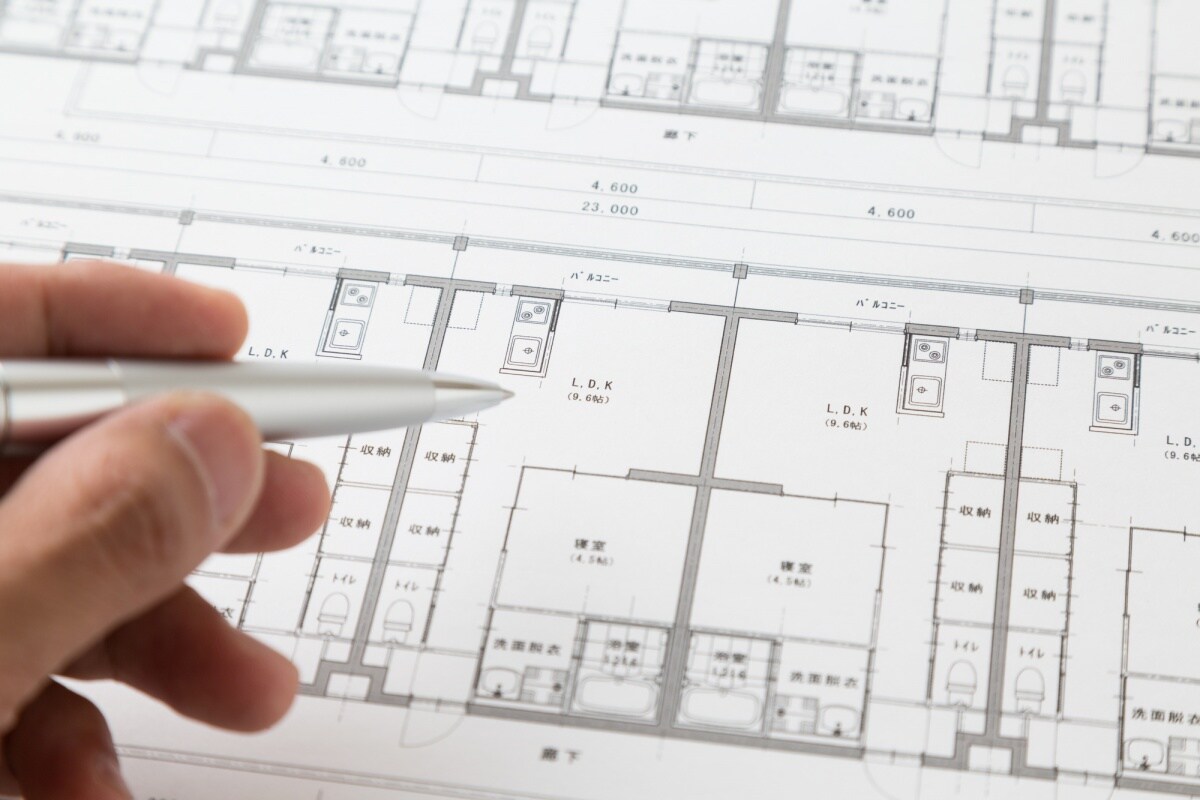
https://pixta.jp
One of the confusing things about Japanese housing is that it's often measured by how many tatami mats—or jo (畳)—the room is, regardless of whether or not the place has wooden or tatami floors. Carpet is exceedingly rare in Japanese homes, and the floor plan of an apartment will indicate whether a room is a washitsu (和室) "Japanese-style room" with tatami flooring, or a yoshitsu (洋室) "western-style room" with wooden flooring.
One tatami mat is approximately 180 centimeters by 90 centimeters (or about 70 inches by 35 inches), though there are slight regional variations. Standard room size is about six jo, small rooms are around 4.5, and larger rooms like living and dining rooms are generally between 10 - 16, but can also vary.
But we can't talk about housing in Japan (especially mansions) without mentioning LDK, which is also used to describe the approximate size of a place. To put it simply, L stands for "living," D stands for "dining" and K means "kitchen." If they're part of the apartment they'll be included in the description, preceded by the number of additional rooms (which are typically bedrooms). Let's break down some standard sizes:
・1R: A single room apartment.
・1K: A single room apartment with a kitchen.
・1DK: A single room apartment with a dining area and a kitchen area.
・1LDK: A single room apartment with living, dining and kitchen areas.
In addition to these layouts, apartments will also have a bathing room—in smaller apartments it is common for the toilet to be located with the bathtub and shower, but they usually are separated in newer or larger apartments—as well as a place to hook up a washing machine, a veranda for drying clothes (dryers are still relatively rare) and varying amounts of storage space.
Rent & Fees
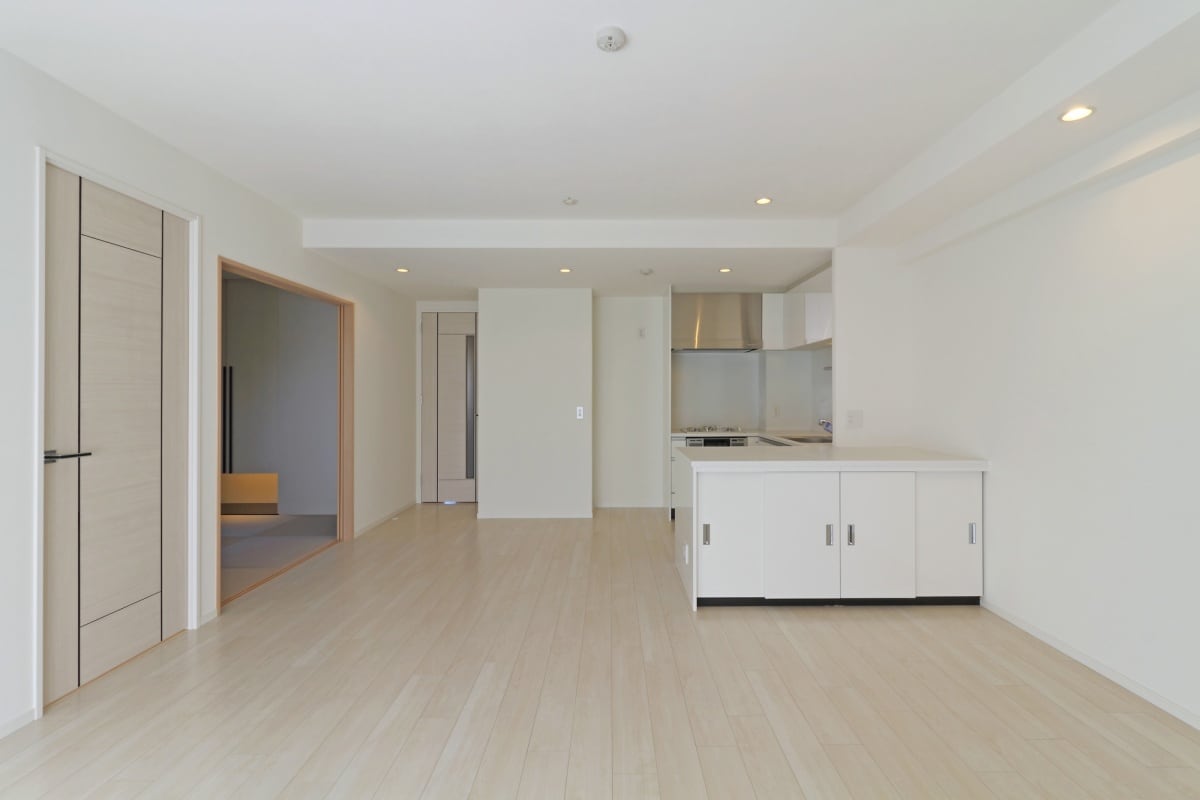
https://pixta.jp
The cost of housing can vary greatly depending on area, and there are a few factors that determine how expensive a place will be. Generally, housing in urban centers will be more expensive than housing in more rural areas. Similarly, where you are in a city or town and how close you are to a station, as well as the size and age of a building can all affect the monthly price of an apartment. According to the Japanese real estate website Chintai, the average price of a standard 1LDK in Tokyo ranges from ¥210,000/month (about US$1,875) in Tokyo's Minato Ward to ¥61,000/month (about US$545) in Akiruno, a small city in western Tokyo. But rent isn't the only factor that you have to consider when calculating the final price tag of a move.
As previously mentioned, apartments typically have no furniture. Don’t underestimate how much it costs to furnish a flat! Having recently moved myself, I ended up spending around ¥200,000 on furniture and appliances alone. Of course it's possible to spend less (particularly if you don’t treat yourself to a luxurious desk, like I did), but make sure you set aside enough for the basics, such as a futon, a refrigerator, a washer and the like.
If you're in a pinch and aren't picky, there are rental services that you can utilize to obtain the essentials. Kashite, for example, has plans that start at ¥5,555/month, which includes a TV, a microwave, a washing machine and a fridge. You can also rent individual items from sites like Hatchi, which offers week-long futon rentals for ¥7,668.
If you want to furnish your flat yourself, IKEA, Nitori and even Don Quijote are good places to go for new items. Keep an eye out for secondhand stores and "sayonara sales" from people leaving Japan, since they can save you some serious cash.
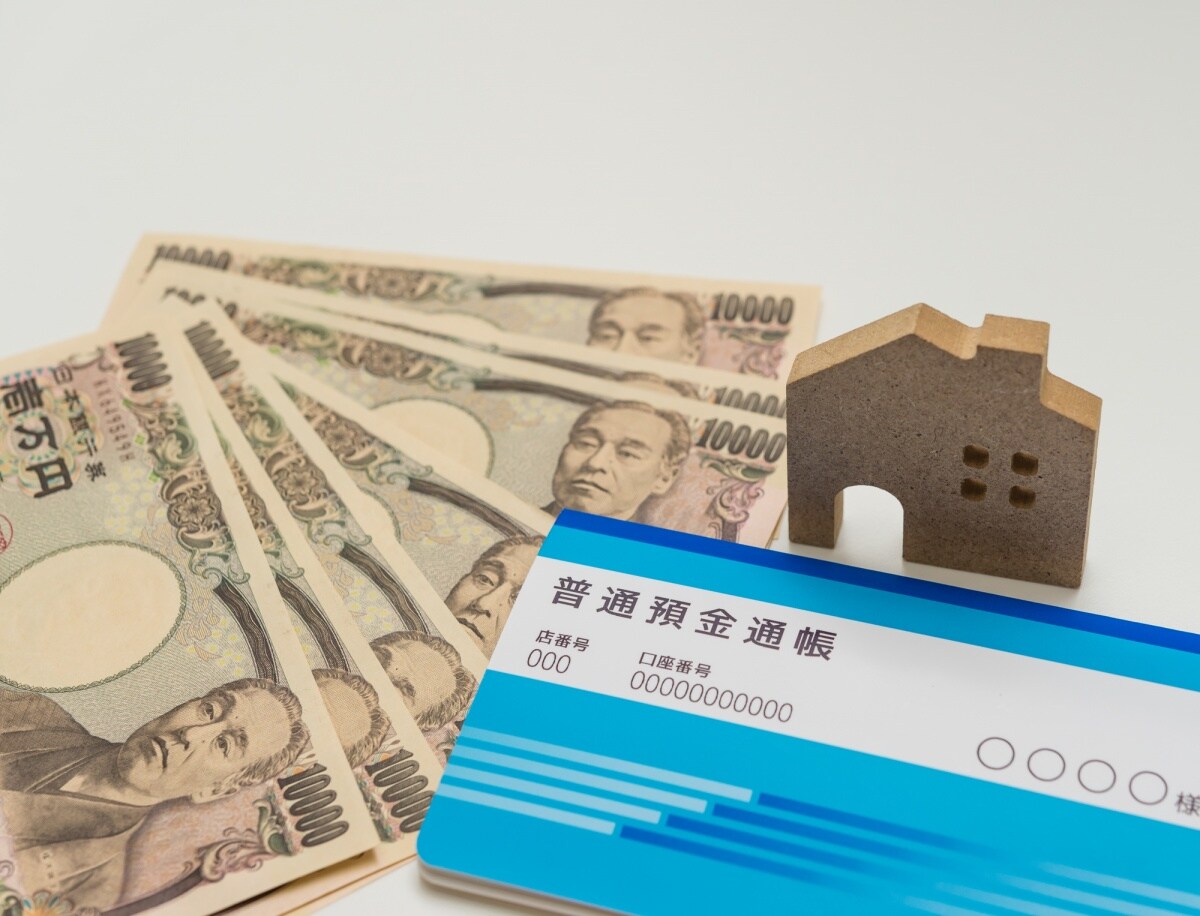
https://pixta.jp
Next, we'll cover the up-front administrative costs for an apartment in Japan. This initial payment is called shoki hiyo (初期費用), and is pretty financially demanding. It can sometimes be as much as five to six times the cost of rent, so let's break it down.
First, you're required to pay your first month's rent. This is pretty commonplace around the globe, and shouldn't be surprising.
There's also "key money," or reikin (礼金). Basically, it's a (compulsory) "thank you" to your landlord in the form of a non-returnable deposit. It's an old practice that dates back to the Great Kanto Earthquake in 1923, when prospective tenants would essentially bribe landlords in order to procure housing, which was in short supply. It's usually the cost of a month's rent, although it can be higher in cities like Tokyo and Osaka. These days, around 30% of apartments do not require key money, and you can specify to your real estate agent if you're looking for a place that doesn't require it. Share houses usually do not require key money.
Then there's the security deposit, or shikikin (敷金). Like many other countries, a security deposit is required upon moving in, but as long as you treat the apartment well you'll get it back when you leave. Occasionally landlords will require a non-refundable deposit that they use as a cleaning fee when you vacate, but those are usually less expensive than the standard security deposit.
Various types of insurance, or hoken (保険) are also part of your initial payment. These cover things like fires, earthquakes and crime, but can vary based on your contract. The rates are fairly reasonable for the contract period, usually only ¥10,000 or so.
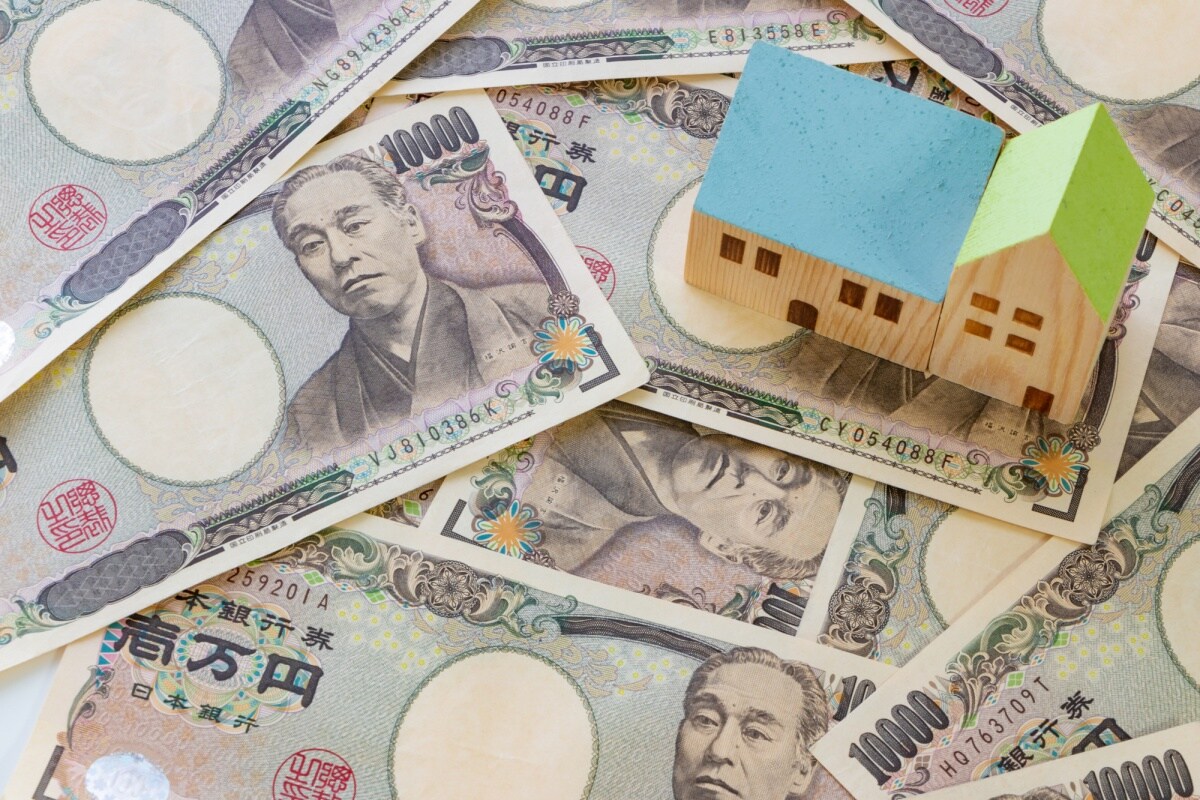
https://pixta.jp
Some buildings have a maintenance fee, called kyoeki hi (共益費), which is shared between tenants. While this fee is usually included in your rent, it's worth mentioning just so you know where your money is going.
As you will most likely go through a real estate agent (even most of the apartment hunting websites do), then you will likely have to pay an agent commission or management fee. Also typically equal to a month's rent, this cost actually feels pretty fair, since agents will often go above and beyond to scout out properties that meet your specifications, escort you to and from apartments, and generally support you throughout the whole process.
Finally, there's the guarantor, or hosho nin (保証人). A guarantor is someone who can pay for your rent in the event that you cannot, and is another form of protection for the landlord. This person has to be in Japan, and usually has to be Japanese and related to you in some way. The company you work for can also act as a guarantor for you if they agree to do so, which is frequently the case if you come to the country as an English teacher. If you'd prefer not to mix your personal and professional lives, there are companies called hosho gaisha (保証会社) that you can hire to act as a guarantor. The process is fairly simple; you just tell your estate agent that you need one, and they will give you a form to fill out and send to the company. The cost ranges from half a month to one month's rent, plus tax.
And that's it! Which is to say, it really adds up. Japan has a word for the costs associated with moving, hikkoshi bimbo (引越し貧乏), which translates to "broke from moving!" It's a big commitment financially, so be sure to prepare ahead of time and put in the work to ensure you find a place you're happy with.
Procedures

https://pixta.jp
If you move from a previous address in Japan, you need to tell your current ward office and the ward office that corresponds to your new address new. Tenkyo (転居) means “moving” or “changing residence," and you will need to get a tenkyo todoke (転居届) from your former ward office to give to your new one. Here's what to bring when you visit the ward office:
・Residence Card: Called a zairyu ka-do (在留カード), which is your ID in Japan.
・My Number Card: Basically your Japanese Social Security Number.
・Your New Lease: To confirm your new address.
You might also want to bring your passport, just in case. The process is relatively simple, and many ward offices will have an English guide to help. But if you find yourself in a particularly remote area, it might be best to bring a friend who can help with Japanese.
You will also have to transfer your utilities like gas, electricity and water, and change your address for things like your bank accounts, internet, phone service and such. Some of these can be done online, or handled when you sign your new lease, but many must be done in person with proper identification.
To Sum it All Up!
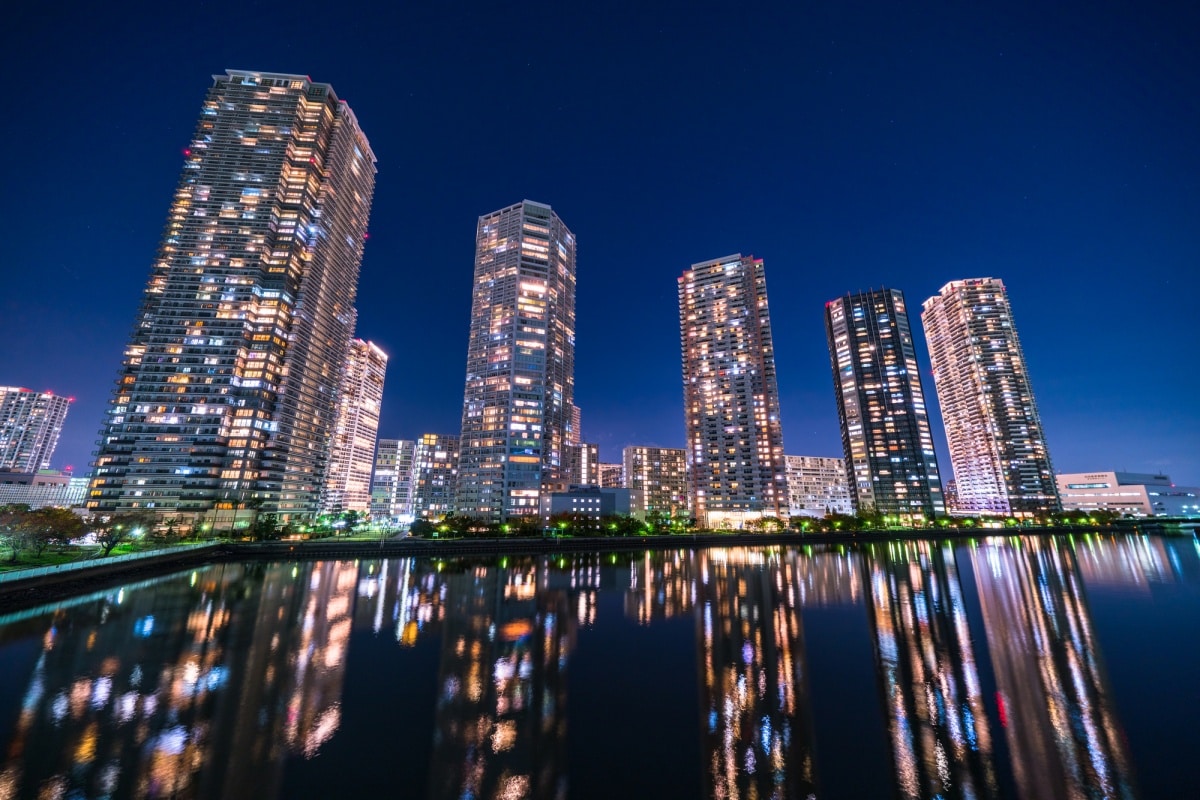
https://pixta.jp
There’s a lot to keep in mind when moving to a new place in Japan, so here’s a recap of everything in short:
・Types of Apartments: Share houses, apartments and mansions.
・LDK: Stands for Living, Dining and Kitchen.
・Tatami: Or jo (畳) are how rooms are measured. One is about 180 centimeters by 90 centimeters (or about 70 inches by 35 inches).
・Initial Payment: Called shoki hiyo (初期費用), this payment includes key money, security deposit, insurance and maintenance fees, agent commision and a potential guarantor fee.
・Admin: Inform your ward offices, transfer your utilities and change your address.
Happy hunting!




